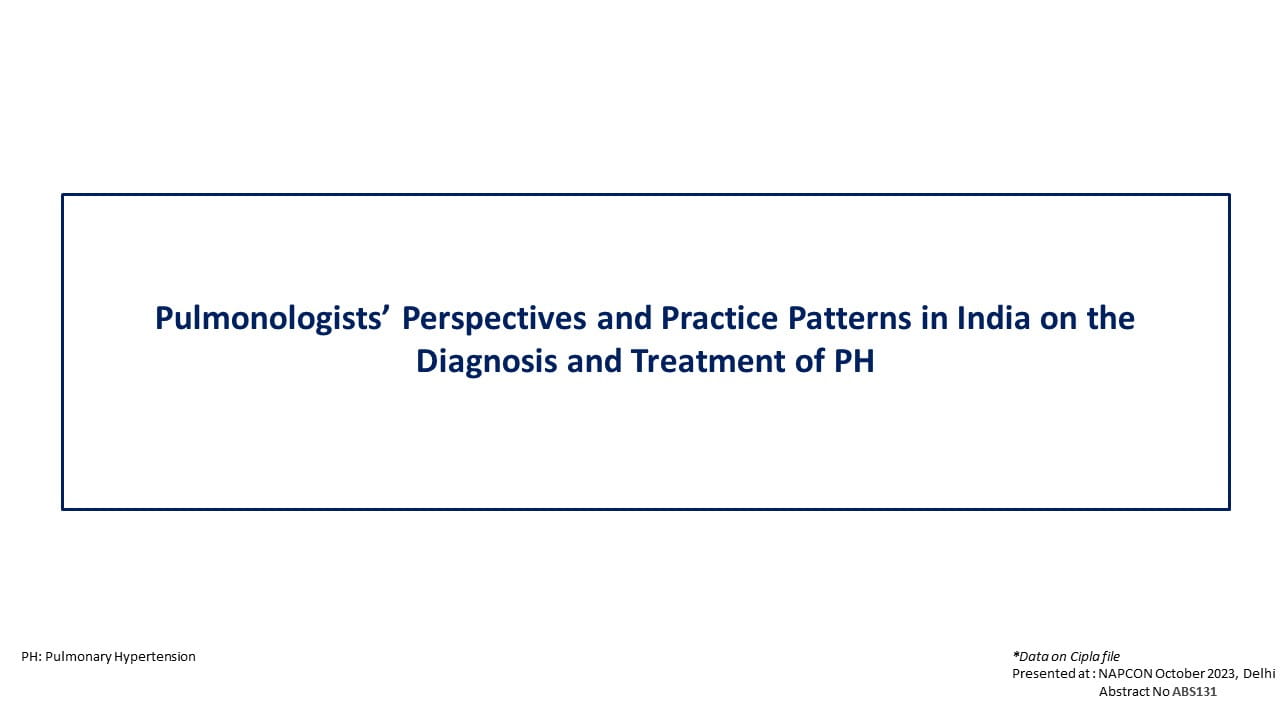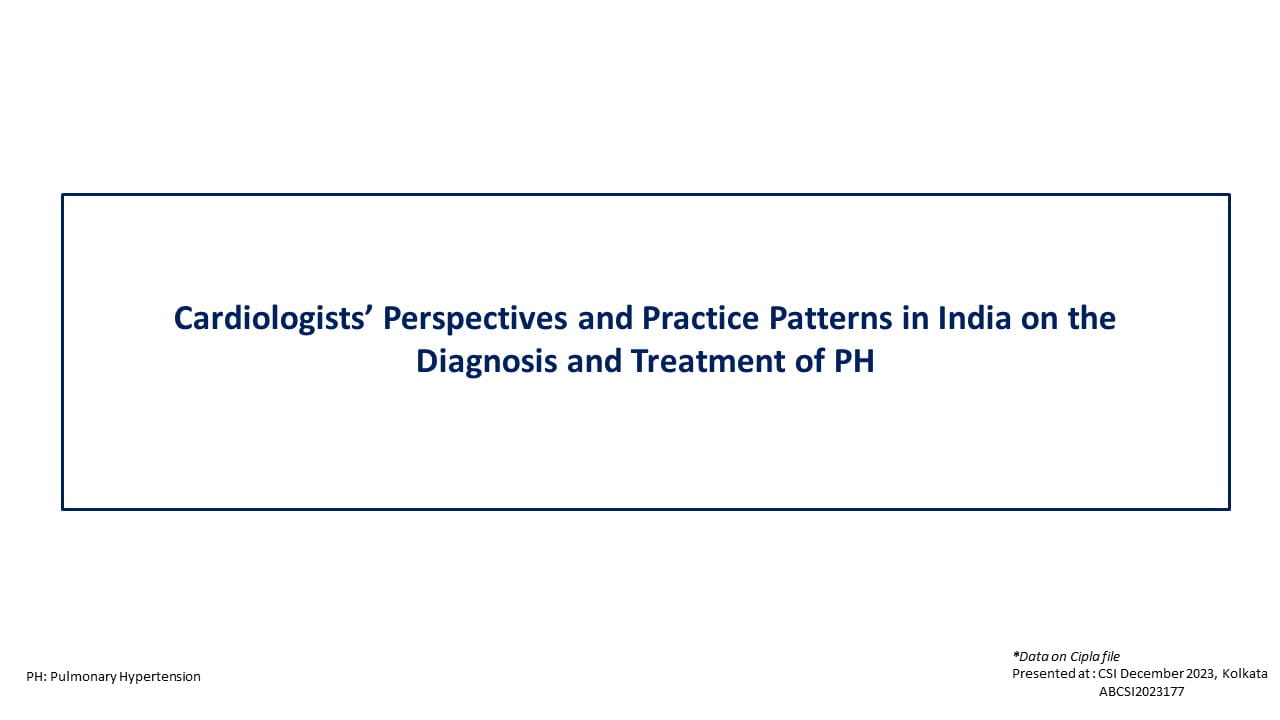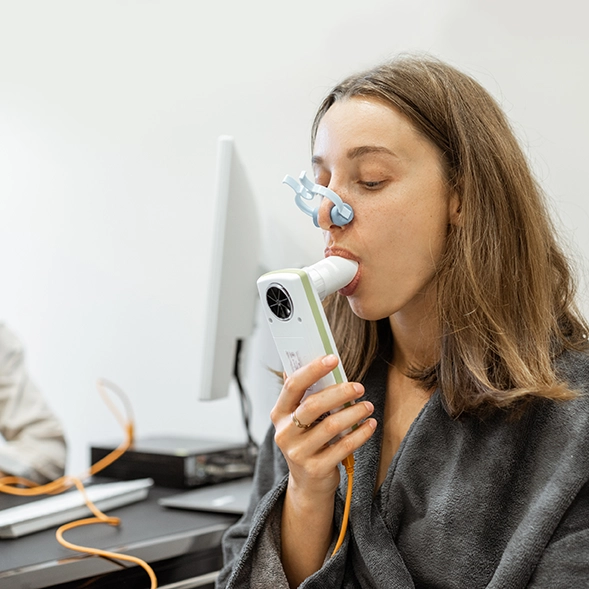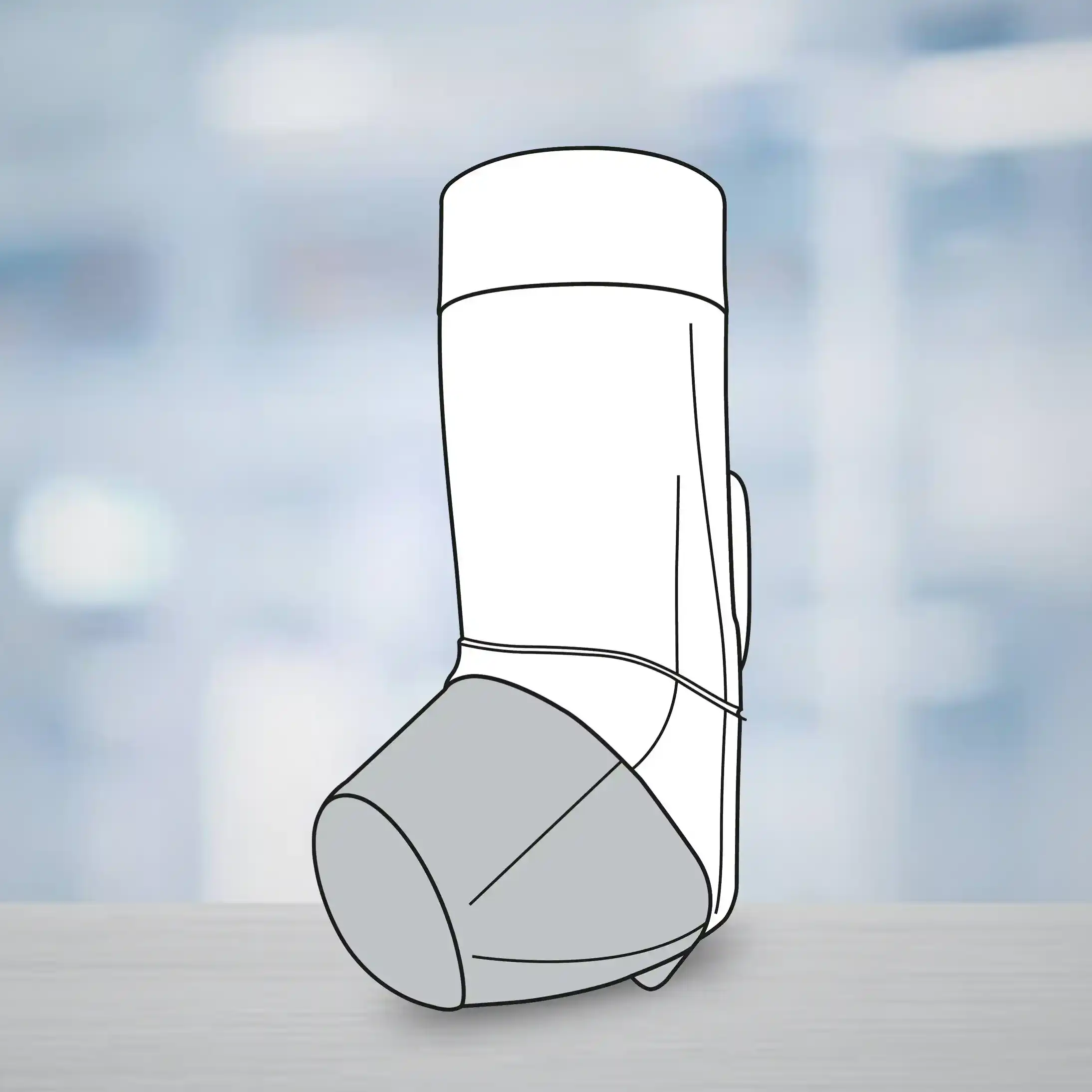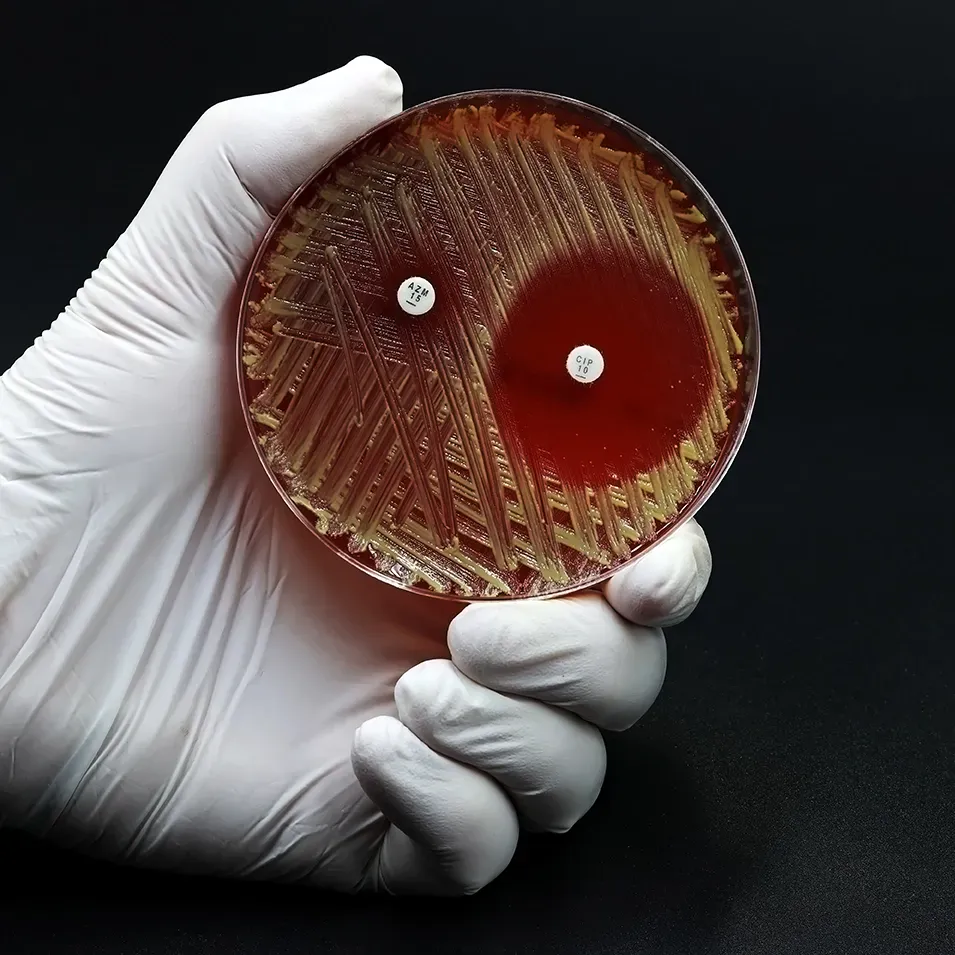Regular screening for Ocular Surface Changes, Essential in Diabetes Patients
9 May, 22
Introduction
Diabetes mellitus (DM) is a major cause of preventive blindness. Inflammatory reactions due to multiple mechanisms lead to ocular morbidity in patients with DM. the incidence of ocular surface disease is quite high in India, yet, a complete understanding on the symptoms of ocular surface disease is lacking.
Aim
To determine the association between diabetes and ocular surface diseases in Indian population
Patient Profile
- Patients with DM attending the outpatient ophthalmology department in Pune, India (n=160, 320 eyes)
Methods
Study Design
- A cross-sectional study
Assessments
- Patients were grouped as per their diabetes duration
- The ocular symptoms were assessed using the ocular surface disease index (OSDI) questionnaire
- The recent glycosylated hemoglobin (HbA1c) value was recorded for all patients. Patients were also evaluated for their external or internal hordeolum, blepharitis, meibomian gland dysfunction, and corneal sensitivity.
- The tear film examination was conducted using Schirmer's test, tear film breakup time (TBUT), tear film meniscus height (TFMH), fluorescein stain, and rose bengal stain
Results
- The mean age of the study population was 56.60 years, 56% (n=89) were females and 44% (n=71) were males. Nearly 37% (n=60) patients were aged >60 years.
- Of the entire study population, 45% (n=72) had no dry eye and 55% (n=88) were diagnosed with dry eye; 39% (n=62) of patients had mild dryness of eyes, 9% (n=15) had moderate dryness, and 7% (n=7) had severe dry eyes.
- With regards to the DM duration, 14% (n=23) had been diagnosed with DM for <2 years, 17% (n=17) between 2-5 years, 54% (n=86) between 5-10 years and 15% (n=24), had DM for >10 years.
- Nearly 29% (n=47) patients had HbA1c level of <6.5%, 30% (n=48) had HbA1c between 6.5%-8%, and 41% (n=65) had >8%. Dry eyes were observed in 67% (n=59) of patients with an HbA1c level of >8
- Patients with severe dry eye disease had higher mean OSDI scores as compared with patients without dry eye and milder form of dry eye (Table 1).
Table 1: Mean OSDI score as per the dry eye status
|
Dry Eye Status |
Mean OSDI Score |
|
No dry eye |
7.9 |
|
Mild dry eye |
21 |
|
Moderate dry eye |
29 |
|
Severe dry eye |
57 |
- The OSDI scores increased consistently with diabetes severity. Nearly 67% (n=24) of patients with HbA1c of >8% had dry eyes. Dry eye was evident in 68% (n=59) of patients with the diabetes duration >10 years.
- Nearly 23.7% (n=38) patients had blepharitis, 4% (n=7) had external or internal hordeolum and 44% (n=86) had various grades of meibomian gland dysfunction.
- Dry eye severity had a significant positive correlation with meibomian gland dysfunction (p<0.0001)
- Abnormal corneal sensitivity was observed in only 12% (n=12) of patients. About 55% (n=86) of patients had varying degrees of dry eye.
- Severity of dry eye also had a significant correlation with TBUT, TFMH values, and grades of corneal staining (P < 0.0001).
Conclusions
- The incidence of dry eyes was higher among patients with uncontrolled diabetes and longer duration diabetes.
- The OSDI scoring system proved to be an important diagnostic tool for examining patients with dry eye.
- Patients with diabetes should always be evaluated for any ocular surface changes when being screened for diabetic retinopathy. Proper guidelines should be implemented to detect changes in the ocular surface system at the earliest to keep any long-term complications such as infectious or neurotrophic keratitis at bay.
Cureus. 2022 Mar 22;14(3):e23401. doi: 10.7759/cureus.23401.


